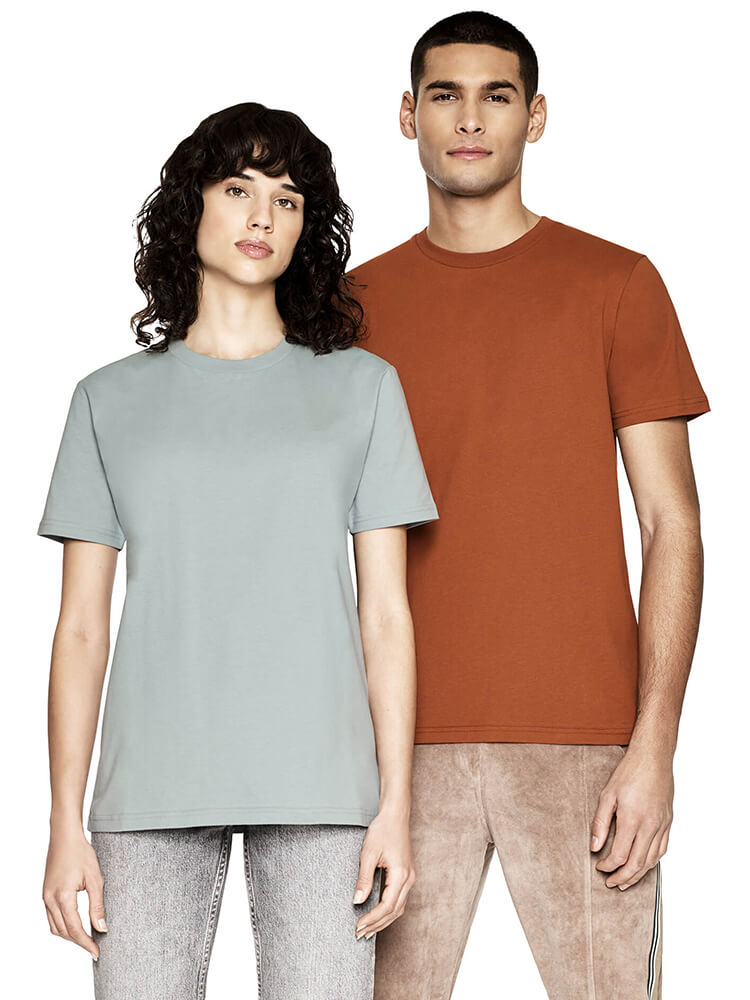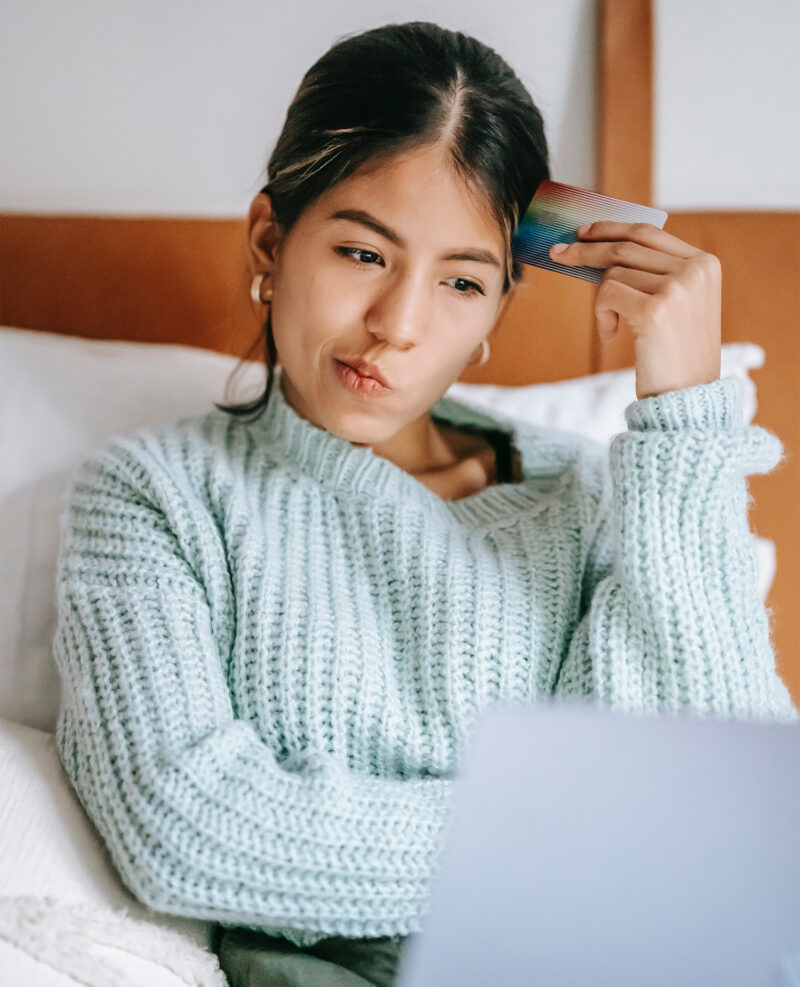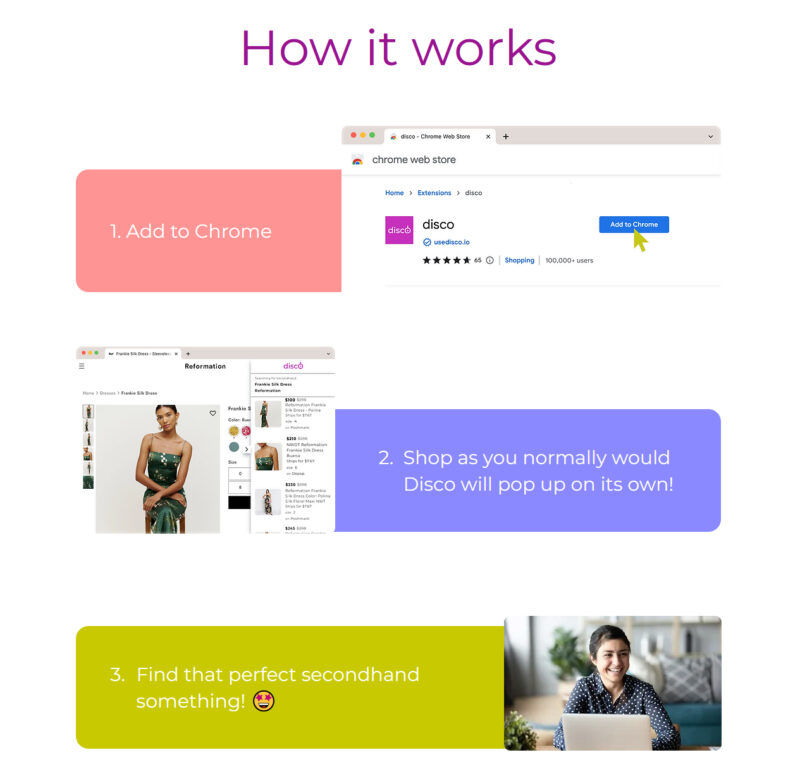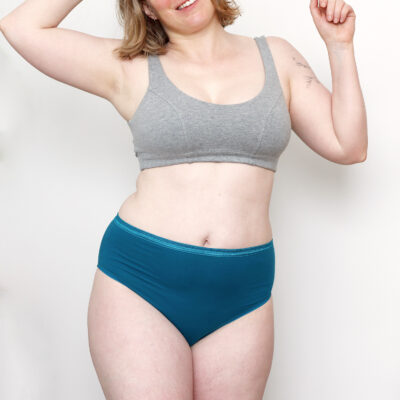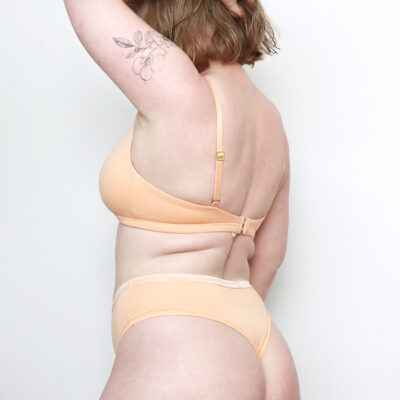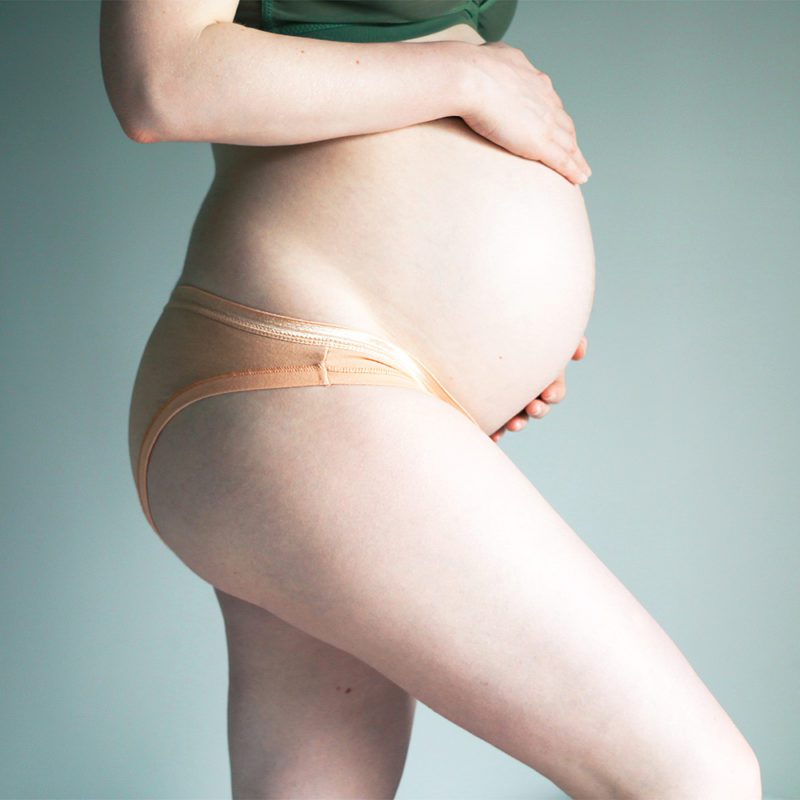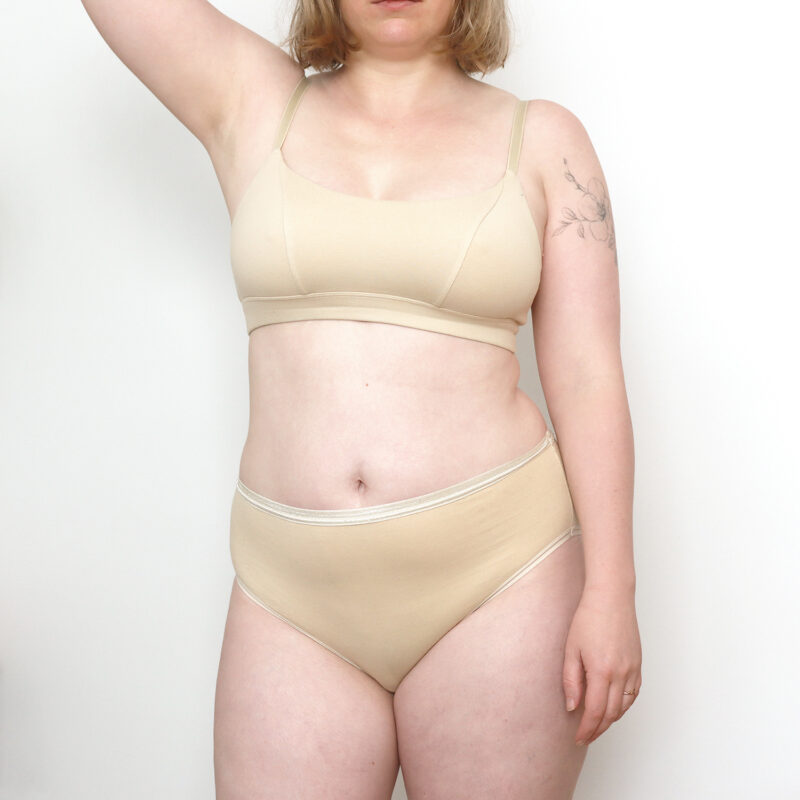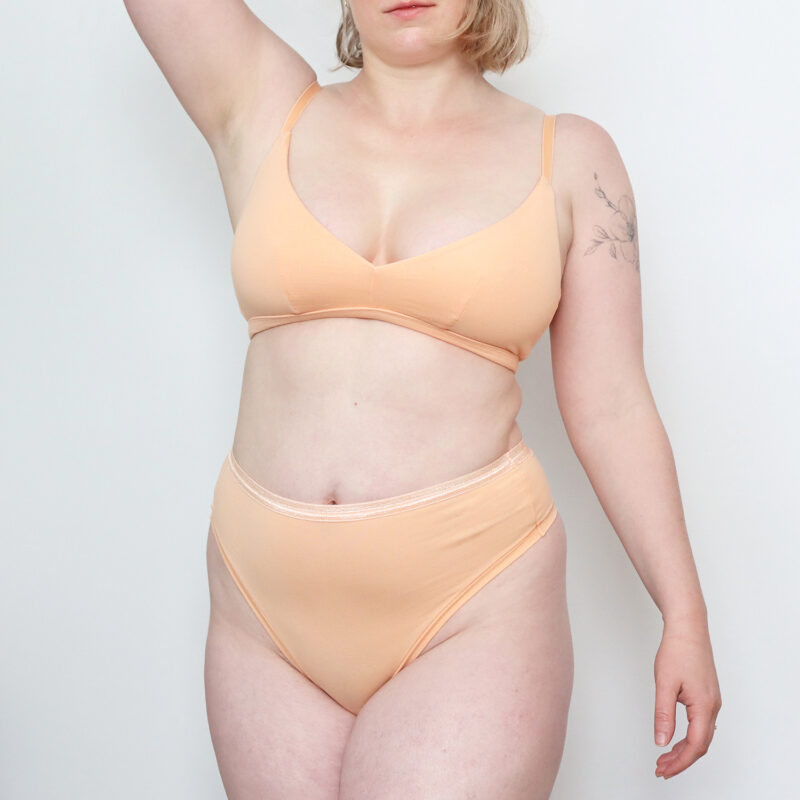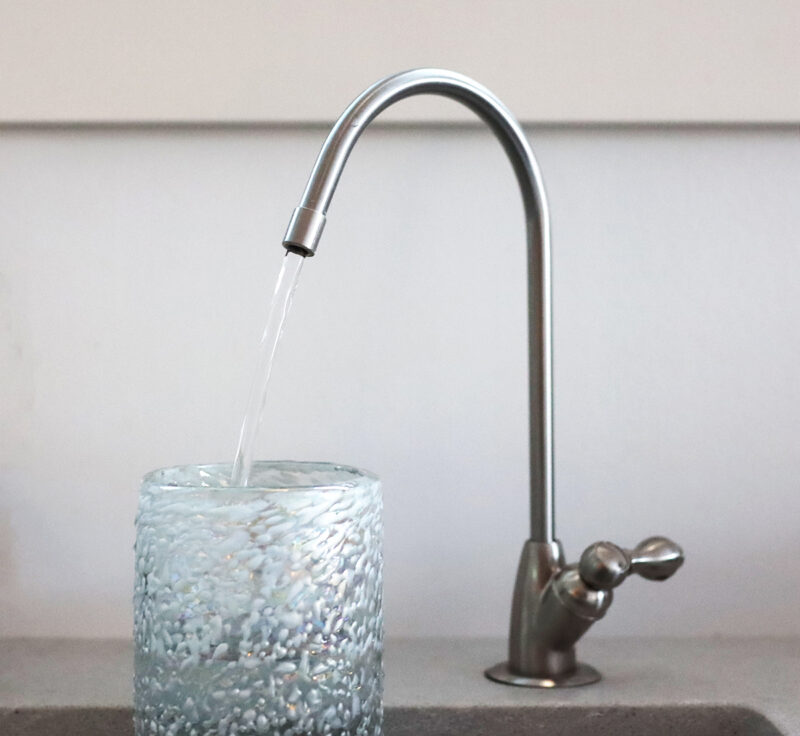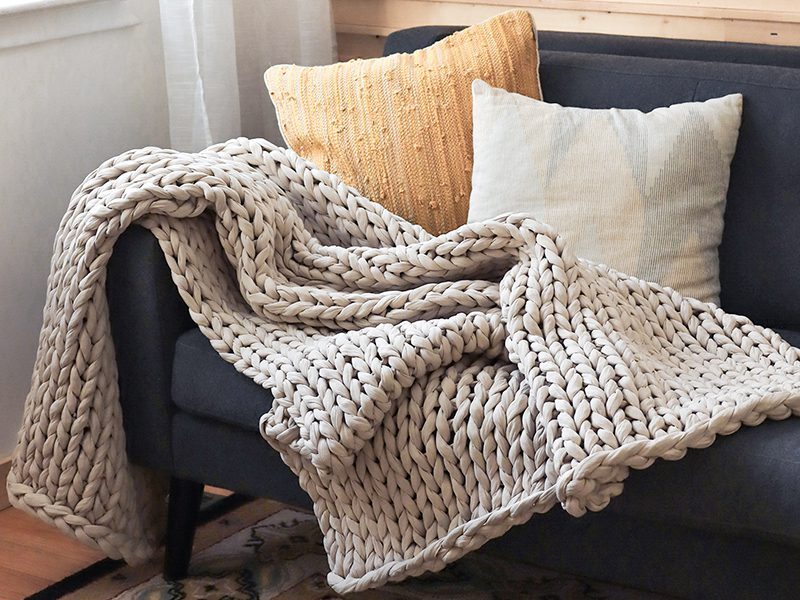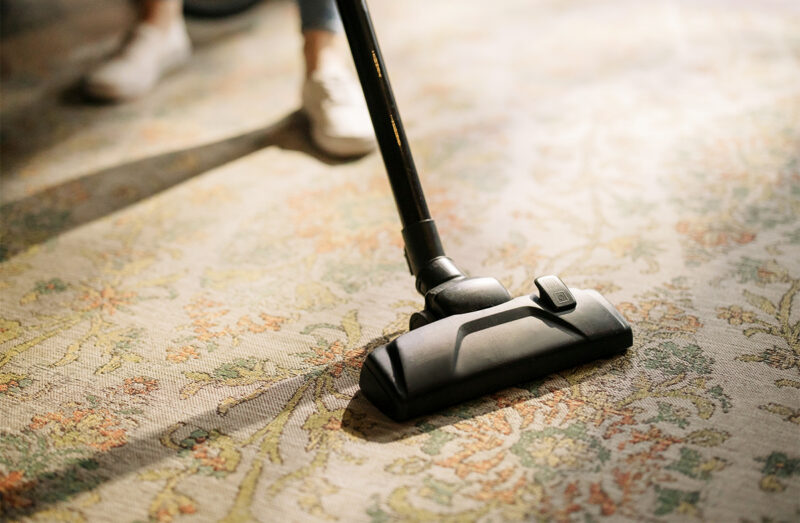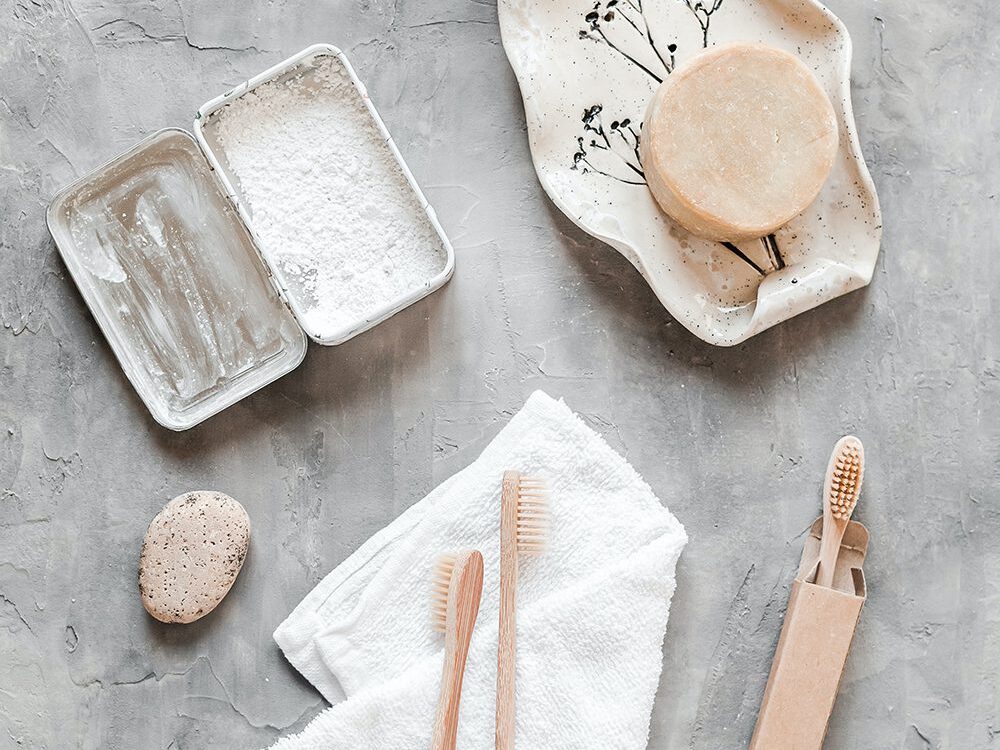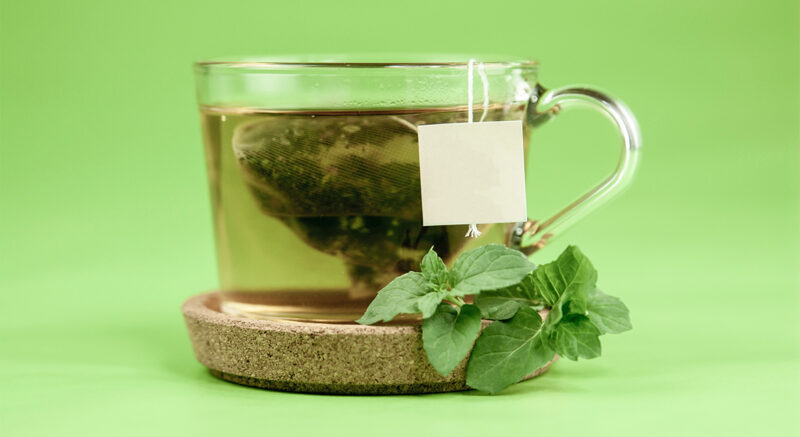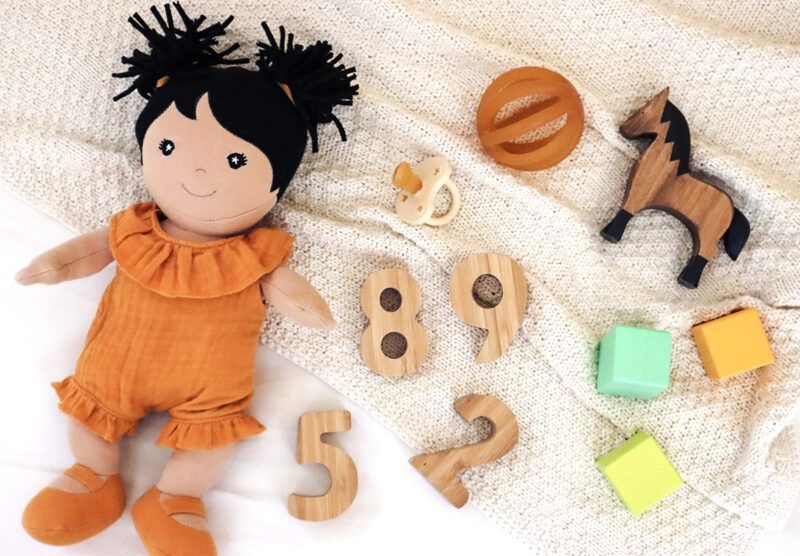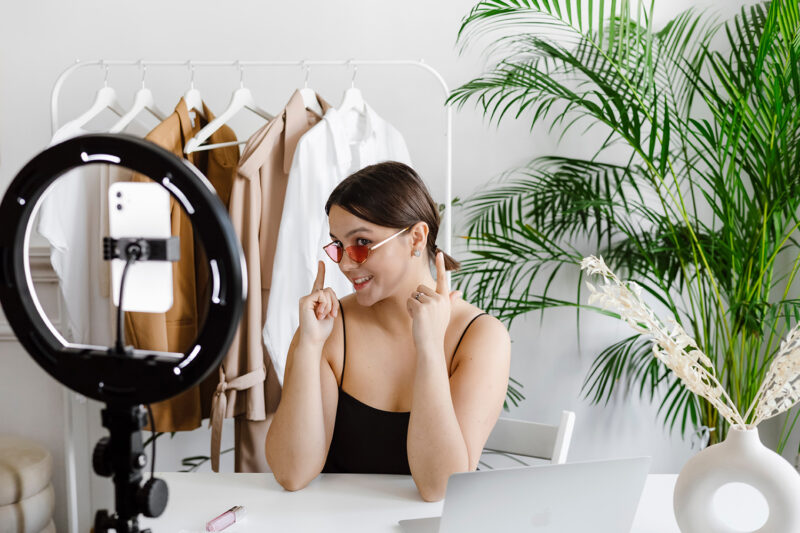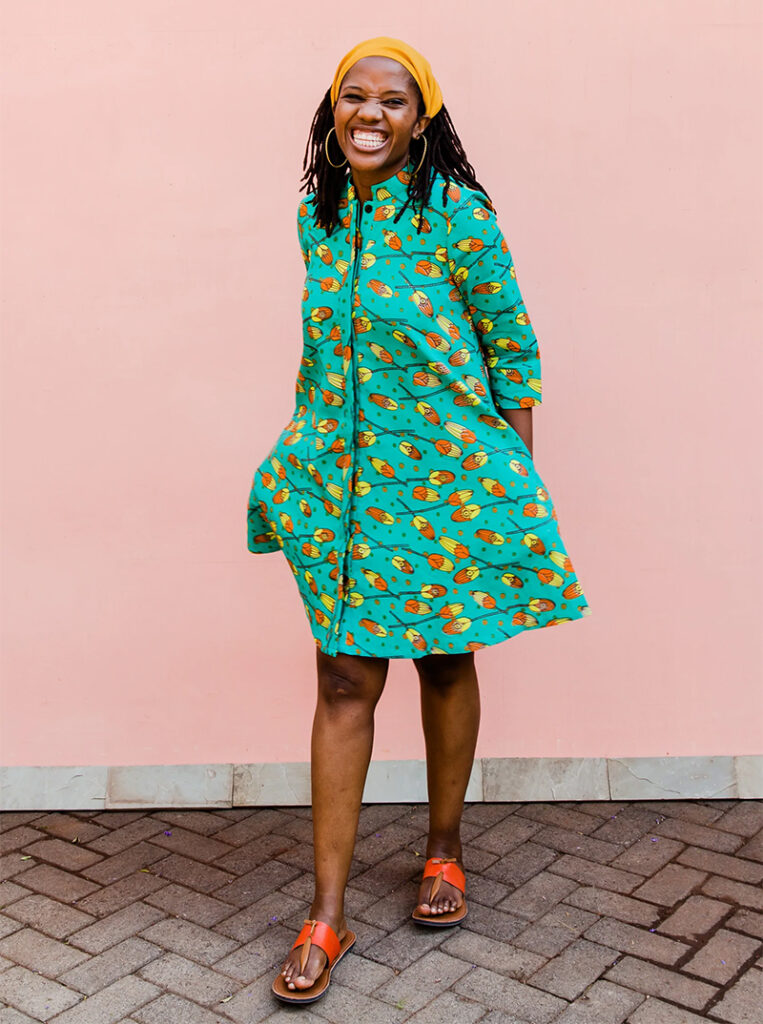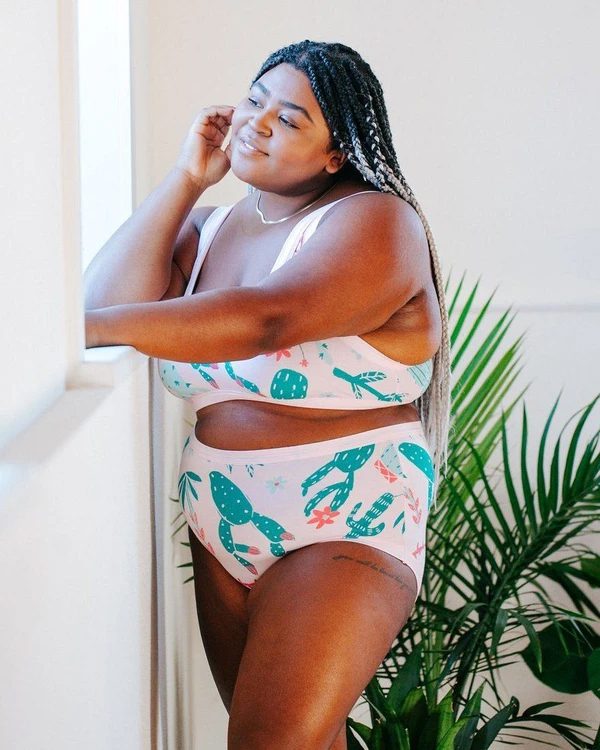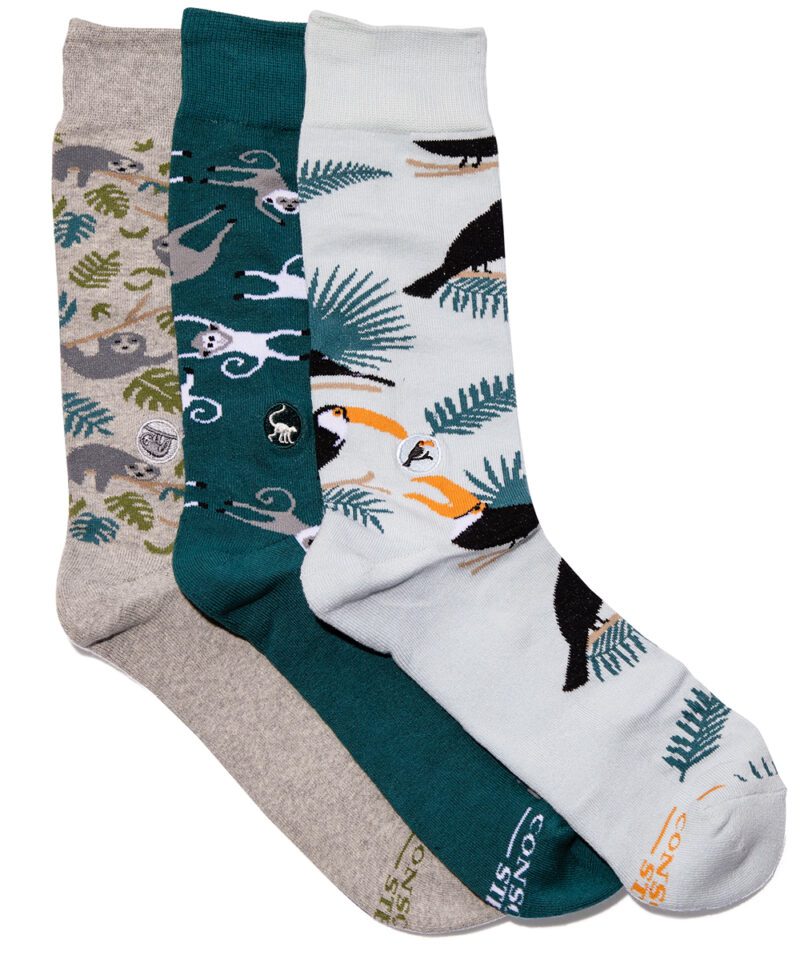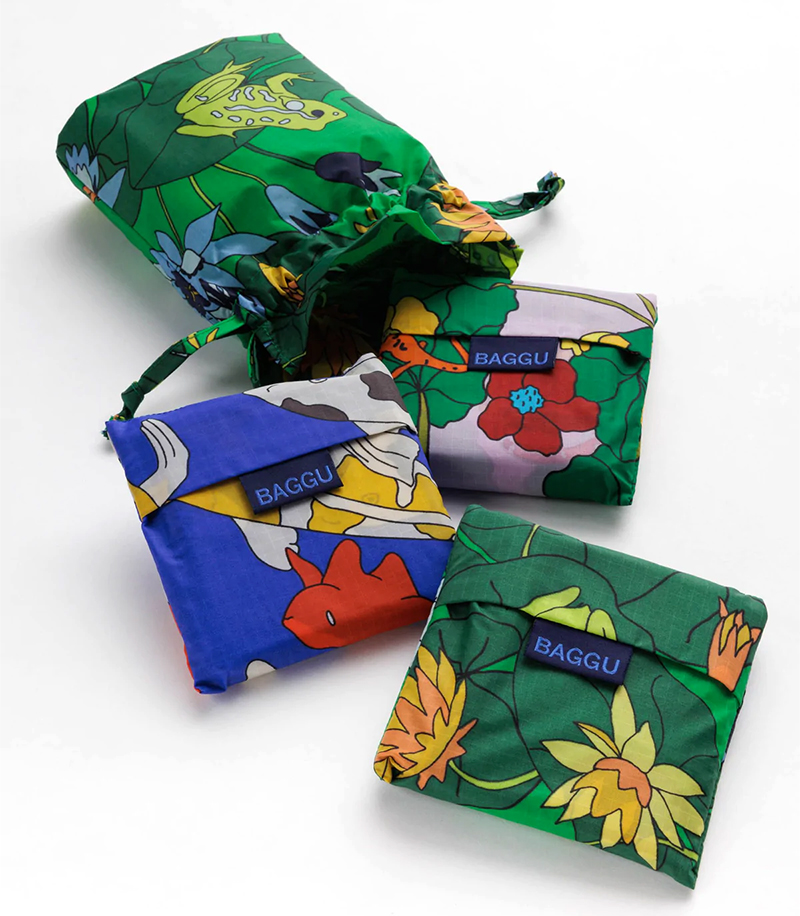12 Sustainable & Organic Pajamas for a Comfortable Night’s Sleep
Throughout our lives, we spend an average 33 years in bed, according to The Huffington Post. That’s an enormous 26 years sleeping and 7 years (seven!) trying to fall asleep. The very least we can do is to give this time the value and attention it deserves.
The internet is full of experts and gurus dispensing advice to sleep soundly, such as ditching electronics 30 minutes before bedtime or practicing breathing exercises to increase the likelihood of falling asleep faster. Although one simpler way to answer the burning question, “How can I sleep better at night naturally?” is to consider what you’re wearing — or not wearing — in bed.
Picking the right nightwear could really help improve the quality of your sleep. So what should you look for when choosing what to wear in bed?
- Comfort: this often comes down to finding your correct size. If you opt for a pajama that’s too big or baggy, you may end up finding it uncomfortable to turn over in your sleep; on the other hand, overly tight clothing may even cause circulation problems.
- Materials: go full-on breathability and thermoregulating fabrics. If you sleep hot, have hot flashes or have night sweats, you definitely need to choose different sleepwear than if you typically sleep cold. (Tencel or linen tends to be cooling and better for hot sleepers, or for cold sleepers try thicker cotton.)
- Design: for instance, while the button-down shirt and pants sets every sleepwear brand is selling these days are admittedly cool, some may find the design and buttons uncomfortable, especially if you’re used to sleeping on your stomach.
We put together a list of the most ethical PJs and nightwear for all tastes and needs, so you can all get that Ahhh! feeling when you lay down in bed after a long day.
(please note: some affiliate links are used in this post which means we may get a small commission)

Pact
Pact is great if you’re looking for organic cotton pajamas for the whole family. The brand makes basics and clothing for women, men, and kids in Fair Trade certified factories in India. All of Pact’s collections are crafted with GOTS certified organic cotton and its sleepwear line is soft, breathable and stretchy enough to be the perfect choice for those who toss and turn all night.
Price: USD 20-54
Size range: XS – 2XL
Values: Sustainable materials, GOTS certified, Fair Trade, factory transparency, gives back, plastic-free packaging, seasonless collections
Availability: Based in the US, ships worldwide

Coyuchi
Each Coyuchi product is planned with “a meticulous focus on comfort, quality, and natural beauty”. Inspired by the pristine shores of its birthplace in Point Reyes, California, the brand produces home textiles and loungewear in the warming shades of soil and earth, and the cooling aqua blue palettes. Coyuchi’s collection of 100% organic cotton pajamas for women and men, sleep shirts, and knit cotton nightgowns aims at making every night feel like a slumber party.
Price: USD 38-98
Size range: XS – XL
Values: Sustainable materials, GOTS certified, factory transparency, take-back recycling program, gives back, seasonless collections
Availability: Based in the US, ships worldwide

Underprotection
If you’re on the hunt for a pajama set you can put a pair of heels under and wear on a night out, you’re in the right place. Underprotection is a Danish brand that makes lingerie, swimwear, and loungewear using sustainable fabrics like TENCEL™ Lyocell, organic cotton, recycled materials, and innovative fibers crafted from banana leaves and milk. The brand has recently launched a take-back program to recycle or upcycle your Underprotection pieces, worn out from being (no doubt!) your favorite items.
Price: USD 28-110
Size range: XS – XL
Values: Sustainable materials, Recycled materials, OEKO-TEX certified fabrics, take-back recycling program,
Availability: Based in Denmark, ships worldwide

MATE the Label
Known for their great basics and loungewear, MATE the Label also has a stylish collection of pajama pants, shorts, shirts, tops, and robes made from a comfy blend of Tencel and organic cotton. They also have a recycling program where to can send back your old clothes.
They are a Californian brand though and through, both with their effortless style and being based in LA all their manufacturing happens within 15 miles of their office.
Price: USD 48-98
Size range: XS – 3X
Values: Sustainable materials, factory transparency, climate neutral, plastic-free packaging, take-back recycling program, gives back, seasonless collections
Availability: Based in the US, ships
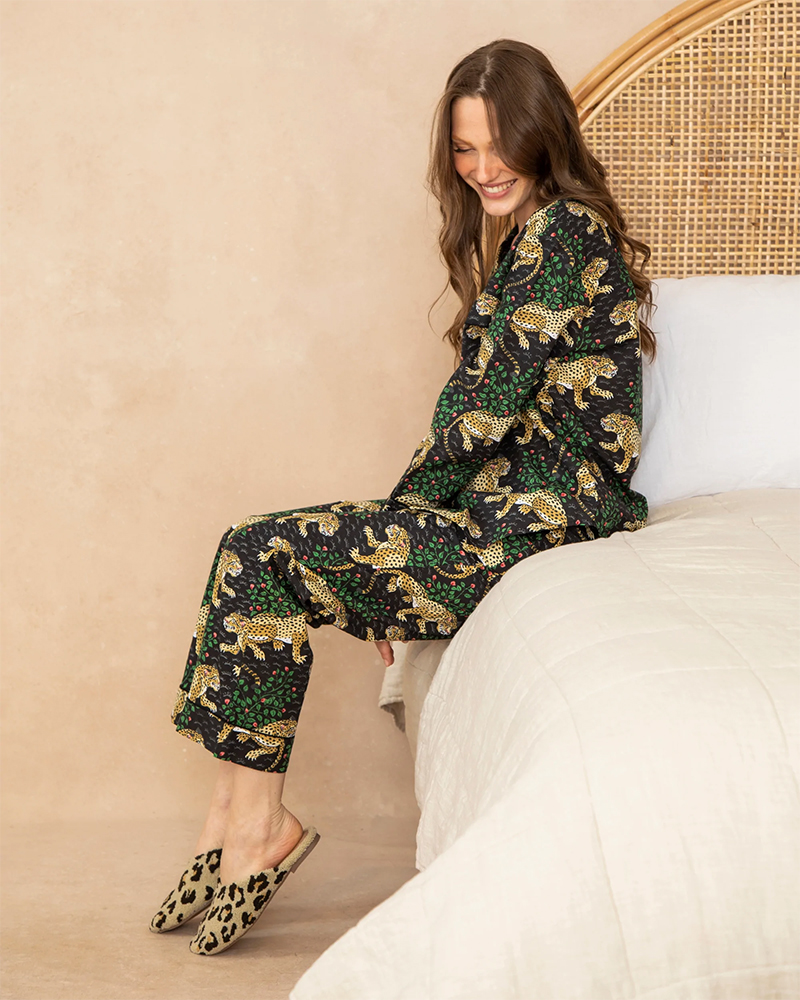
Printfresh
Printfresh is the go-to for those who love prints and colors, even in bed. This lifestyle and sleepwear brand is inspired by plants and animals, and all of their sleep sets are 100% cotton. Founder Amy believes that “there is a way to produce products with great care”, and she and her team do that by cutting down waste and emissions throughout production and shipping, by using natural fabrics like organic cotton, and by keeping an anti-fast fashion approach overall.
Price: USD 84-248
Size range: 2XS – 6XL
Values: Sustainable materials, low waste production, vegan, gives back
Availability: Based in the US, ships worldwide
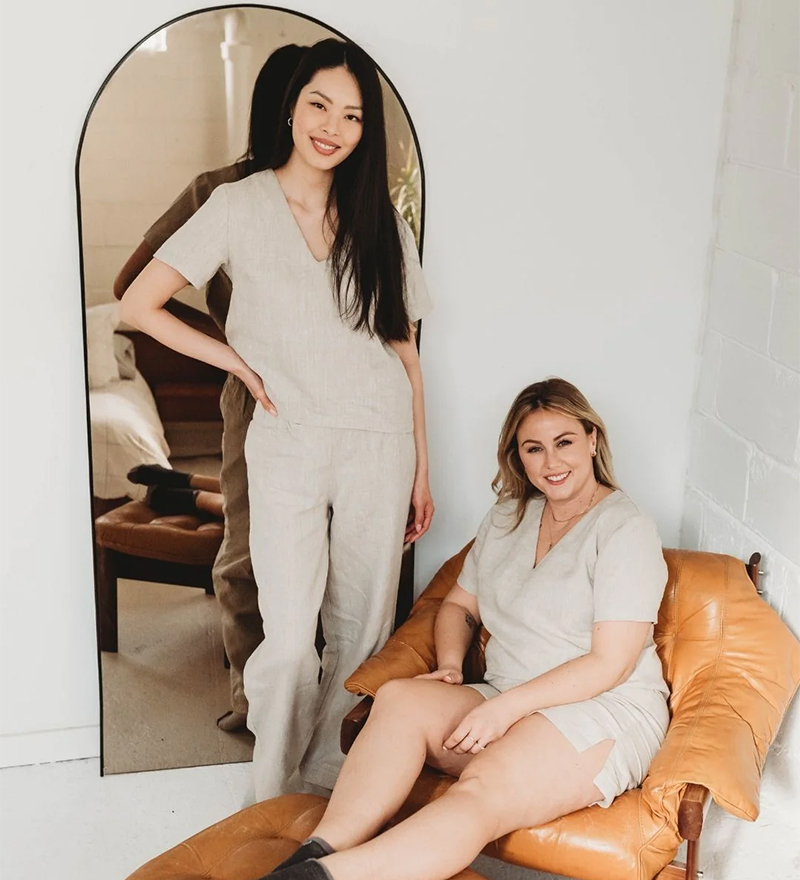
Q for Quinn
Looking for linen? Q for Quinn has a collection of natural (undyed) linen sleep and loungewear. Since Q for Quinn was born from trying to find clothes that are gentle on sensitive skin and eczema, they carefully select their fabrics. Their sleep collection contains no dyes and is also Oeko-Tex certified.
Q for Quinn is also a GOTS certified brand and ethically makes their socks, underwear, and apparel in Portugal.
Price: CAD 110-165
Size range: XS – 2X
Values: Sustainable materials, GOTS certified, OEKO-TEX certified, gives back, seasonless collections
Availability: Based in Canada, ships worldwide

Araks
Araks makes luxury pajamas, loungewear and slips in organic cotton, organic linen, and OEKO-TEX 100 certified silk you don’t want to take off in the morning. Zoom calls don’t need proper pants anyways, right? And if you’re obsessed by colors and their infinite combinations as much as this brand’s founder is, check out how and where she gets her inspiration from.
Price: USD 205-680
Size range: XXS – 2XL
Values: Sustainable materials, GOTS certified, OEKO-TEX certified, recycled/reclaimed materials, low waste production, factory transparency
Availability: Based in the US, ships worldwide
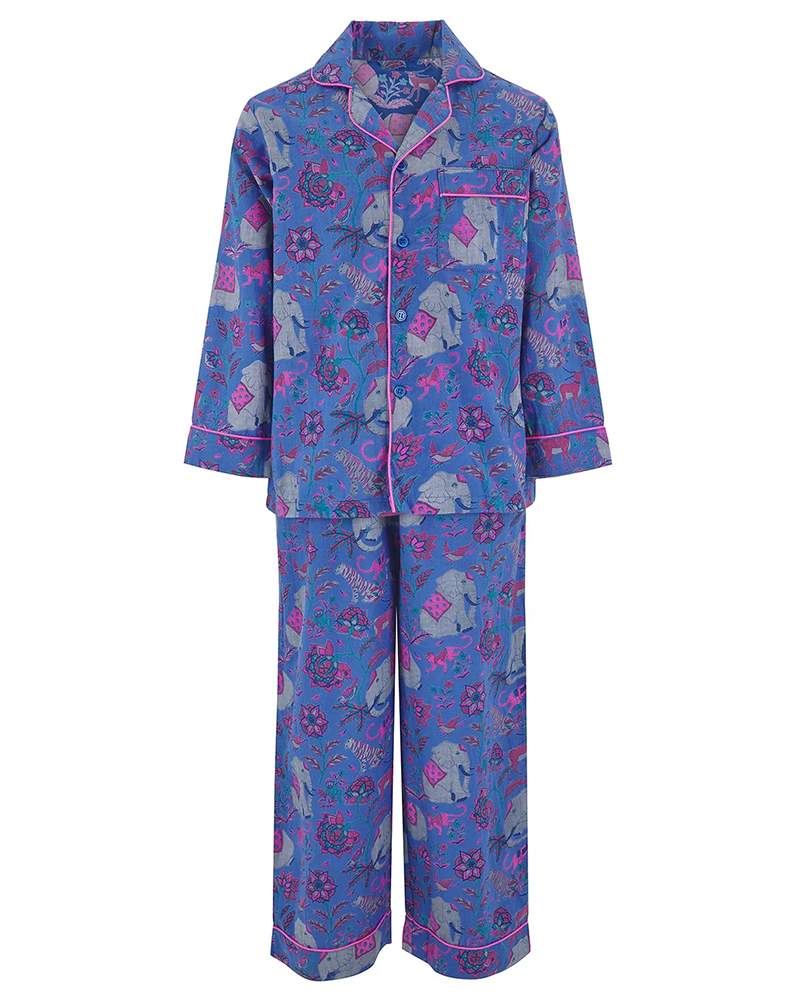
Dilli Grey
This UK-based brand makes organic women’s pajamas and loungewear — including robes and slippers — following artisanal techniques and taking inspiration from traditional Rajhasthani block prints. Dilli Grey is working hard to keep cutting down on its carbon emissions and plastic usage, and the brand is also investing more and more energies and resources into extending the size range of its products, always making sure that the designs “fit and flatter both ends of the spectrum”.
Price: USD 20-126
Size range: S – XL
Values: Sustainable materials, reclaimed materials, GOTS certified, low waste production, body-inclusive models
Availability: Based in the UK, ships worldwide

Yes And
This small US-based brand makes basics and essentials including casualwear, loungewear, and sleepwear. Yes And’s sleepwear collection caters to all tastes as it includes the classic shirt and pants sets, basic tank and shorts, and also tunics and night dresses — all made using 100% organic cotton (farmed through regenerative techniques) and low-impact dyes.
Price: USD 40-75
Size range: XS – XL
Values: Sustainable materials, GOTS Certified, factory transparency
Availability: Based in the US, ships worldwide
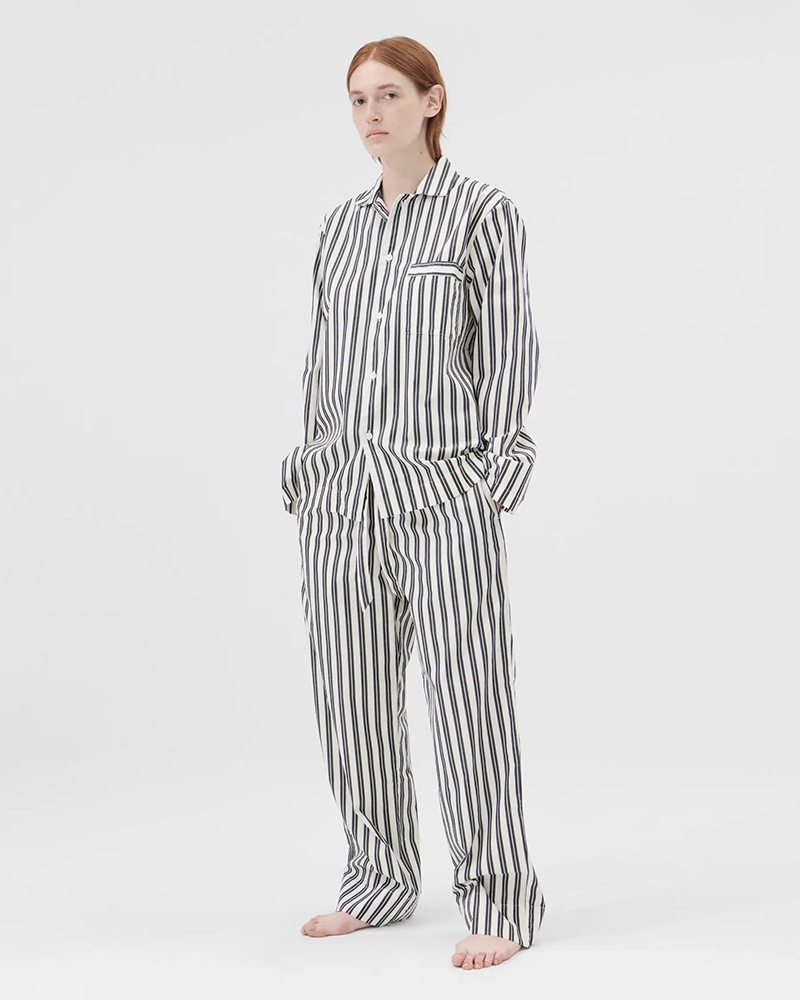
Tekla
Established in Copenhagen in 2017, Tekla offers an elegant collection of sleepwear for everybody. All its pieces are developed with a timeless perspective, “made to be lived in and made to last”. At Tekla, they do not define the brand as “sustainable” — because “bringing new products into the world is fundamentally at odds with the definition of sustainability” — but they do strive to be more responsible. The brand only uses natural and renewable fibers and it’s committed to full transparency and traceability.
Price: USD 110-170
Size range: XXS – XL
Values: Sustainable materials, OEKO-TEX certified, factory transparency, gives back
Availability: Based in Denmark, ships worldwide
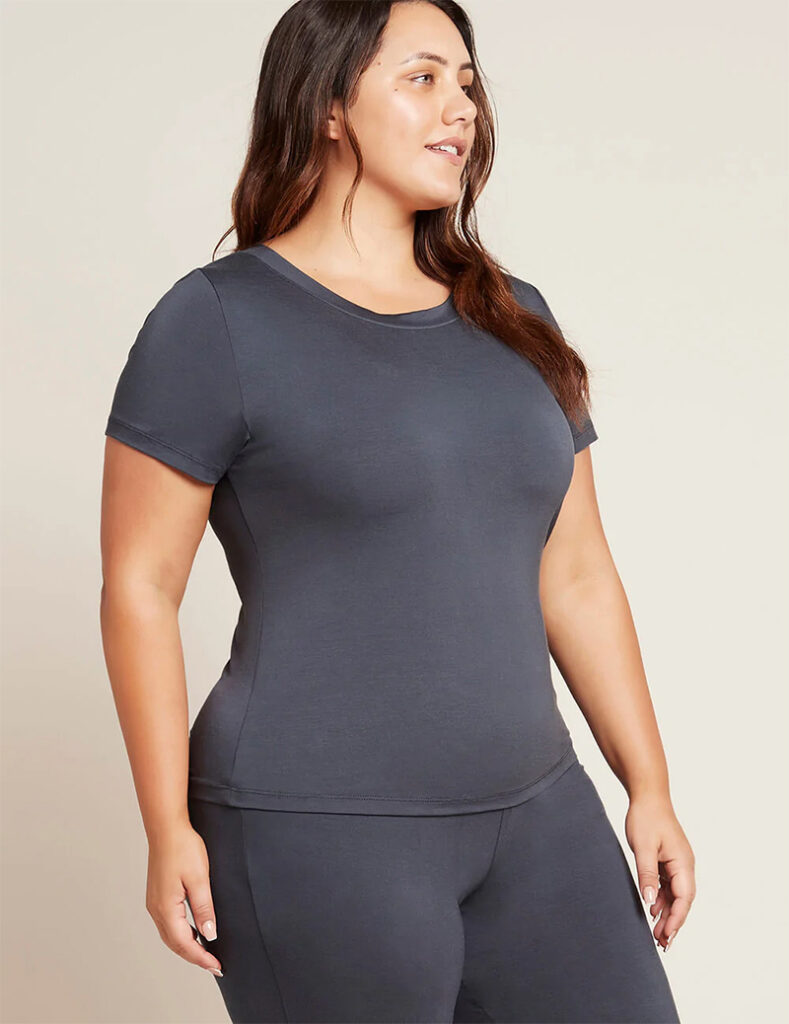
Boody
Boody makes sleepwear and nighties for women, men, and kids, crafting all its products from breathable and soft bamboo fabric (read more about bamboo clothing here). The brand is not only committed to using organic materials but also to investing in “innovative ways to upcycle, recycle and reduce waste”. You’ll love Boody’s simple designs if you like to sleep well, but without too many frills.
Price: USD 27-62
Size range: XS – XL
Values: Sustainable materials, vegan, B Corp certified, OEKO-TEX certified, plastic-free packaging, take-back recycling program, gives back, factory transparency
Availability: Based in AU, ships worldwide

General Sleep
“Created for nappers, loungers, dreamers and explorers”, General Sleep’s unique range of pajama sets, robes, and slippers are a true definition of relaxation and comfort. And beauty, of course. We can easily imagine ourselves sipping our morning coffee in the GOTS and OEKO-TEX certified Camilla Set while on holiday on a Greek island. Ahhh.
Price: USD 129-262
Size range: XS – XL
Values: Sustainable materials, GOTS Certified, OEKO-TEX certified, Fair Trade certified
Availability: Based in NZ, ships worldwide
Looking for organic pajamas for kids? These are our favourites.






